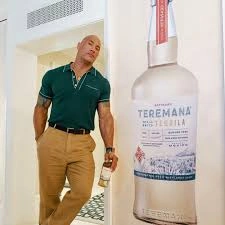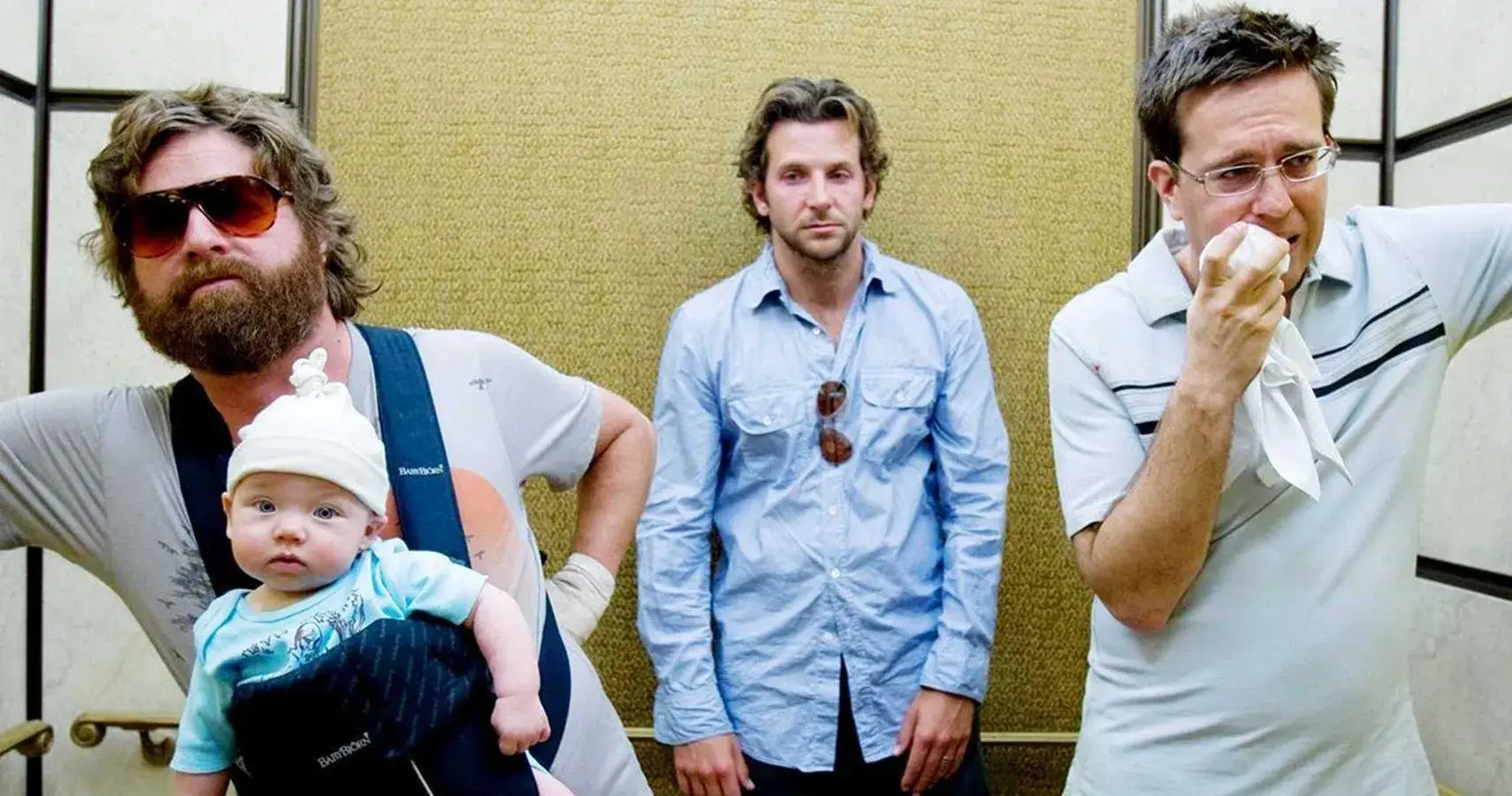Just when I thought I’d seen it all, another headline pops up, another celebrity does something utterly baffling, and I’m left to wonder if the entire world has gone mad. It seems the well of ridiculous celebrity gossip never runs dry, and frankly, my patience is wearing thinner than a red carpet gown after a particularly vigorous awards season. Back in my day, movie stars had a modicum of mystique. Their private lives were, well, private. Now? It’s a full-blown circus, a constant stream of oversharing, questionable life choices, and enough manufactured drama to fuel a dozen soap operas.
Let’s begin with the sheer, unadulterated oversharing. It used to be that celebrities cultivated an air of mystery. You saw them on screen, you heard their music, and that was that. You imagined their lives were glamorous and intriguing, far removed from our humdrum existence. Now, thanks to the omnipresent beast of social media, they invite us into every single mundane, or even deeply personal, moment. We know what they had for breakfast, how they organize their sock drawers, and the minute details of their latest spat with their “bestie” or romantic partner. Do we need to see a 24/7 live stream of their seemingly perfect, yet undoubtedly curated, lives? No, darling, we do not. It’s not relatable; it’s just exhausting and often breeds an unhealthy sense of parasocial intimacy that is ultimately detrimental to both the celebrity and the consumer. This celebrity overexposure has robbed them of their mystique.
Then there are the “influencers.” Oh, the dreaded “influencers.” These are not actors or musicians or athletes. These are people who have become famous for… being famous. For documenting their lives, shilling questionable products, and staging elaborate photo shoots of their seemingly fabulous existence. They are the epitome of style over substance, and their rise to prominence feels like a direct assault on genuine talent and hard work. Every other young person now wants to be an “influencer,” sacrificing privacy and authenticity for likes and brand deals. It’s a race to the bottom, where the most outrageous stunt or the most perfectly filtered selfie wins. And the sheer volume of “ad” posts disguised as genuine recommendations? It’s a deceptive mess that makes me miss the days when a commercial break was clearly identifiable. The rise of social media influencers has blurred the lines of genuine celebrity.
And the public relations stunts! Good heavens. Every breakup, every new relationship, every “personal struggle” feels meticulously choreographed for maximum media impact. It’s no longer just about living their lives; it’s about crafting a narrative, controlling the headlines, and staying relevant at any cost. You can practically hear the PR teams brainstorming ways to keep their client in the news cycle, even if it means orchestrating a fake feud or a strategically timed “tell-all” interview. It’s cynical, it’s manipulative, and it makes it impossible to believe anything they say or do. The prevalence of PR stunts in celebrity news makes everything feel disingenuous.
Let’s not overlook the absolute absurdity of cancel culture. While accountability is certainly important, this phenomenon has turned into a digital mob mentality, ready to pounce on anyone who makes a misstep, says the wrong thing, or has an old tweet dug up from a decade ago. It’s a relentless, unforgiving force that often lacks nuance, context, or any real desire for rehabilitation. One moment a celebrity is on top of the world, the next they’re being dragged through the digital mud, losing endorsement deals and facing public condemnation. It’s a terrifying landscape where a single gaffe can end a career, and it forces celebrities to walk on eggshells, afraid to express any genuine opinion lest they trigger the digital firing squad. This extreme form of public shaming has created a climate of fear.
Then there’s the obsession with celebrity children. These poor, innocent little souls are thrust into the spotlight from the moment they’re conceived, their every outfit, milestone, and tantrum documented for public consumption. They don’t have a choice in the matter, and it feels incredibly invasive. Paparazzi chase them, their parents parade them on social media, and they become fodder for gossip blogs before they even learn to tie their shoes. It’s an egregious invasion of privacy, and it raises serious questions about the ethics of exploiting children for fame and profit. Let them have a normal childhood, for crying out loud! The paparazzi culture surrounding celebrity families is particularly concerning.
And the constant stream of “wellness” fads and “lifestyle brands” promoted by celebrities. One week it’s detox teas, the next it’s obscure crystals, and the week after that it’s some expensive, unproven supplement. These wealthy individuals, often with no scientific background, peddle dubious products to their impressionable followers, making a fortune while promoting practices that are often ineffective or even harmful. It’s irresponsible and exploitative, preying on people’s insecurities and desires for quick fixes, all under the guise of “healthy living.” The proliferation of celebrity wellness scams is alarming.
The very concept of “privacy” seems to have vanished from the celebrity lexicon. There’s an expectation that if you choose a public life, you forfeit any right to a private one. Every relationship, every personal struggle, every health issue becomes public domain, dissected and debated by millions of strangers. It’s a level of scrutiny that would break most ordinary people, and yet celebrities are expected to grin and bear it, to be endlessly “authentic” while simultaneously maintaining an unattainable facade of perfection. It’s a contradiction that leaves me shaking my head. The erosion of celebrity privacy is a consequence of modern media.
Perhaps it’s a reflection of our own society, this insatiable hunger for constant entertainment, for a peek behind the curtain, for the drama of other people’s lives. We’ve become voyeurs, addicted to the manufactured reality of celebrity existence, and they, in turn, have become masters of serving it up to us, hot and fresh, every single day. It’s a symbiotic relationship, perhaps, but one that feels increasingly unhealthy and, frankly, utterly tiresome. The demand for celebrity content fuels this endless cycle.
So, the next time you see a headline about a celebrity’s latest tattoo, their bizarre new diet, or their ridiculously elaborate gender reveal party, just sigh with me. Roll your eyes. Because honestly, darling, sometimes you just want to grab them by the shoulders, shake them gently, and say, “Sweetie, please, just go live your life. Off-camera. And maybe, just maybe, learn to keep a few things to yourself.” The sheer volume of celebrity reality TV and social media content has truly transformed the landscape of fame, often for the worse. And I, for one, am utterly exhausted by it all.









